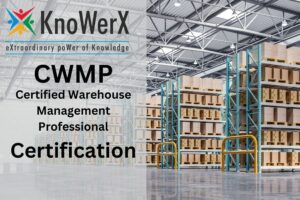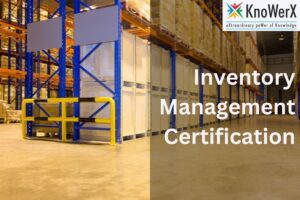Apics CLTD (Certified in Logistics, Transportation, and Distribution)
In the world of moving goods around, whether it’s by truck, plane, or other means, ensuring efficient transportation is crucial for the global supply chain. Professionals in this field are always seeking ways to showcase their expertise, and one way to do so is by obtaining the APICS CLTD (Certified in Logistics, Transportation, and Distribution) Certification.
This article aims to delve deeper into the significance of the APICS CLTD Certification, exploring what it entails, how one can attain it, and why it holds such value for career advancement. By understanding the ins and outs of this certification, individuals can better grasp its importance in the logistics and transportation industry, paving the way for enhanced career opportunities and professional growth.
What Is CLTD Method?
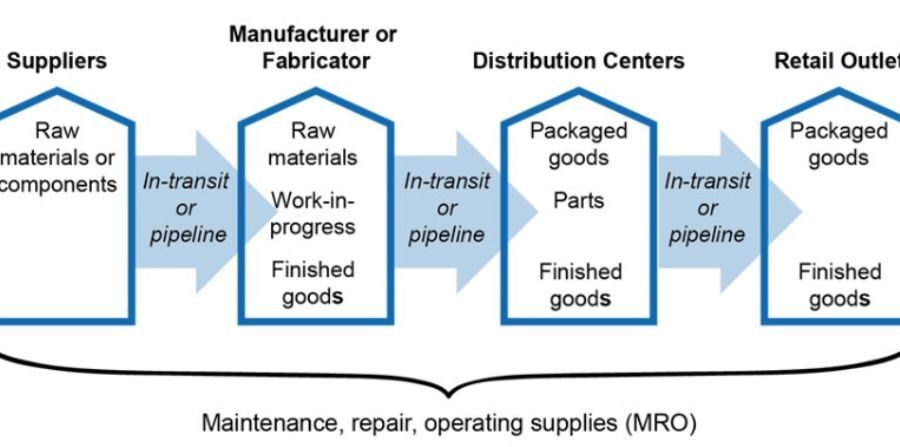
The APICS CLTD Certification is all about a method that goes beyond the usual ways of doing logistics. It’s like a big-picture strategy for managing how things move and get to where they need to be in the supply chain. This method looks at transportation, distribution, and planning in a detailed way. Moving items isn’t only about going from A to B; it’s about doing it smartly, effectively, and sustainably, with modern tech.
When people dive into this method, they learn a set of skills that match what the industry needs. It’s like becoming an expert in navigating the complicated world of logistics. But the CLTD method isn’t just theory – it’s a practical toolkit. It gives professionals the tools they need to tackle real problems in logistics.
By thinking strategically and taking a big-picture approach, professionals can make operations smoother, save money, and make the supply chain stronger. The focus on efficiency and sustainability is all about keeping up with the current trend of responsible logistics management. This makes the CLTD method not just a thing for today but something that’s ready for the future. It’s a framework that can adapt to changes and help professionals make a real impact in the field.
How Do I Get A CLTD Certificate?

Getting a CLTD certificate involves a thoughtful and organized approach that requires dedication. Before diving into the certification process, candidates need to meet certain educational and professional requirements. This sets the foundation for a thorough evaluation of their skills.
The certification process itself is challenging, with exams covering important aspects of logistics, transportation, and distribution. To tackle this, Apics provides various resources like study materials, practice exams, and specialized training courses. Engaging with these resources helps candidates not only gain the knowledge necessary for the exams but also practical insights crucial for their professional growth.
Obtaining the CLTD certification goes beyond just academics; it’s a transformative experience that sharpens practical skills and problem-solving abilities. The structured nature of the process ensures that certified professionals are well-prepared to handle the diverse challenges in logistics and supply chain management. It’s not just about theoretical knowledge; the certification process emphasizes applying concepts in real-world situations, fostering a mindset focused not only on passing exams but also on creating tangible value in the professional field.
Is CLTD Certification Worth It
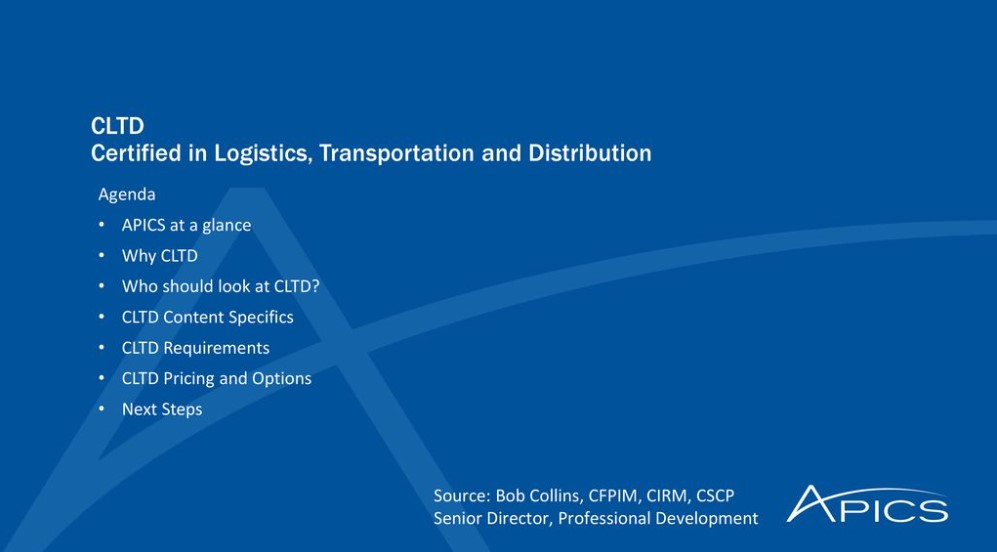
Should you consider getting the CLTD Certification? Well, it’s more than just a fancy title on your resume. This certification is like a badge of honor for folks in the logistics field. It shows you’re serious about doing your job well.
Getting certified isn’t just a one-time thing. It’s an investment that keeps paying off. It can open doors to better job opportunities and even fatter paychecks. Plus, it puts you in the spotlight as someone who knows their stuff in the competitive logistics world.
And it’s not just about you. When you get CLTD certified, it’s like sending a ripple through the whole industry. Employers love having certified folks on their teams. It’s a sign that they’ve got someone who really understands the ins and outs of logistics.
In a world where every detail matters, having CLTD Certification is like a stamp of approval. It tells everyone around that you’ve got the skills to handle the challenges of modern logistics. So, if you’re thinking long-term and want to make a mark in the logistics world, getting CLTD certified is a smart move.
What Is The Difference Between CPIM And CLTD?
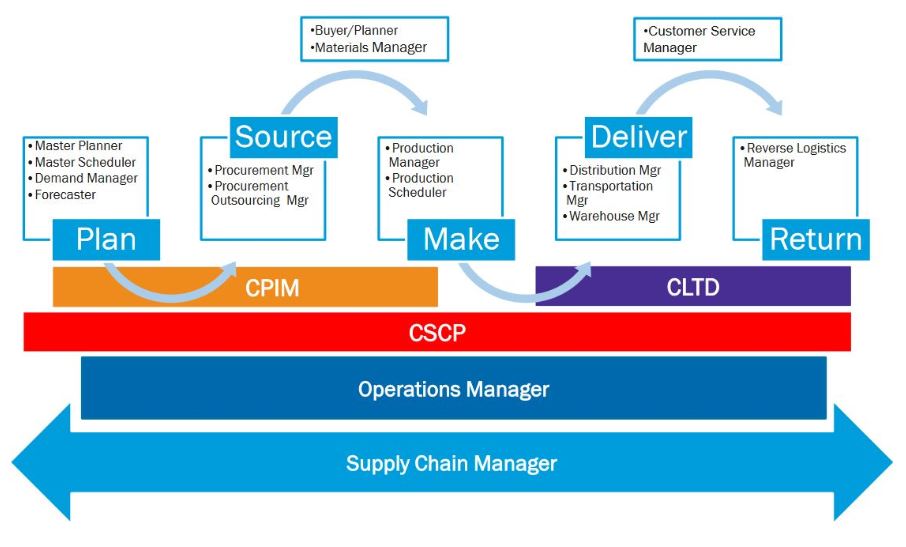
Certainly! Let’s dive deeper into the distinctions between CPIM (Certified in Production and Inventory Management) and CLTD (Certified in Logistics, Transportation, and Distribution) certifications within the realm of supply chain management.
CPIM is all about what’s happening within a company’s supply chain. It hones in on the internal aspects, particularly focusing on how production processes are managed and how inventory is handled within the company. Individuals pursuing CPIM are often those deeply involved in the intricacies of production and ensuring efficient inventory management to keep things running smoothly inside the organization.
On the other hand, CLTD broadens the scope significantly. It looks beyond the internal workings of a company and delves into the external factors of the supply chain. CLTD covers areas like transportation, distribution, and logistics planning. Professionals aiming for CLTD are those whose responsibilities extend beyond the company’s walls. They are concerned with how goods are transported, distributed, and the overall strategic planning involved in the larger logistics landscape.
These differences go beyond just the logistics of a supply chain; they reflect diverse career paths within the broader domain of supply chain management. CPIM is tailored for those primarily engaged in production and inventory management within a company, ensuring the internal processes run efficiently. In contrast, Apics CLTD is designed for individuals whose responsibilities involve the external aspects of the supply chain, encompassing transportation, distribution, and logistics planning.
Recognizing these distinctions is crucial for professionals as they strategically align their career goals with the certification that best suits their aspirations. This understanding empowers individuals to make informed decisions about their certification choices, aligning them with their specific career objectives within the multifaceted world of supply chain management.
Who Is Eligible For CLTD Exam?
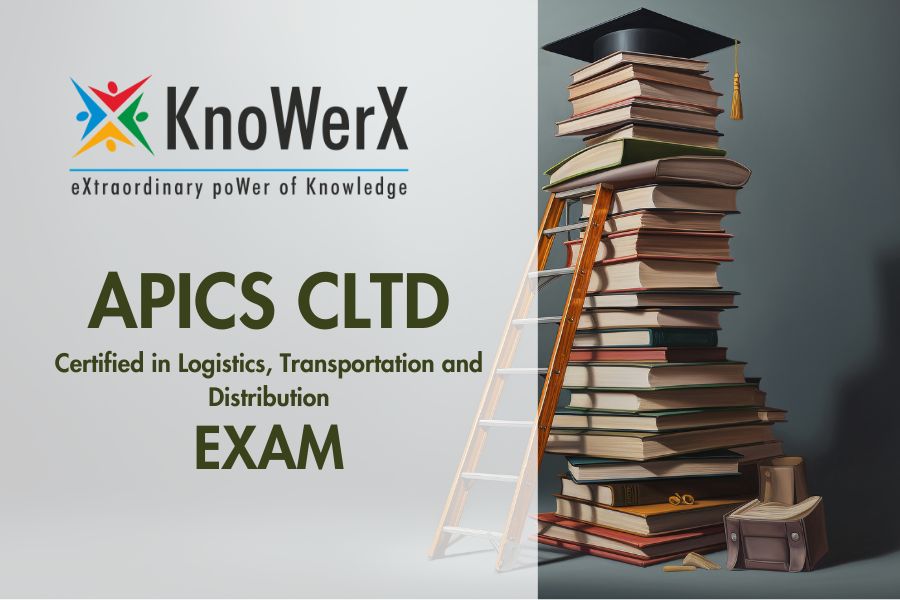
To start your CLTD certification journey, you need to meet specific requirements. Typically, you should have a combination of education and work experience in logistics or the supply chain field. These requirements are like building blocks, making sure that people entering the CLTD exam have the necessary knowledge and practical skills to handle the challenges of the certification process. Understanding these criteria is crucial if you’re thinking about getting the Apics CLTD Certification, as it sets the stage for a smooth and successful certification journey.
The eligibility criteria for the Apics CLTD exam aren’t random; they’re carefully designed to ensure that certified professionals have the right background and experience to thrive in the field. The education and work experience requirements are tailored to make sure candidates have a strong foundation. This foundation helps them understand the intricacies of logistics and supply chain management, which are covered in the certification syllabus. By meeting these eligibility criteria, candidates not only increase their chances of success in the Apics CLTD exam but also position themselves as professionals ready to make a meaningful impact in the logistics landscape.
End Notes
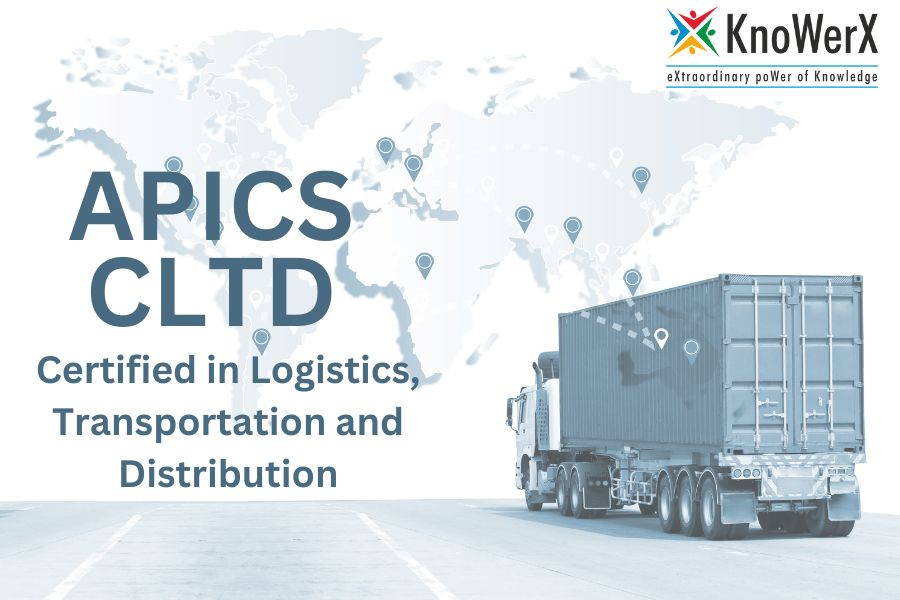
In the realm of supply chain management, KnoWerX recognizes the APICS CLTD Certification as a highly sought-after and valuable asset for professionals looking to excel in this dynamic industry. Our comprehensive curriculum, guided by a strategic approach, plays a pivotal role in propelling your career forward. As the demand for skilled individuals in supply chain management continues to rise, obtaining the CLTD certification is a wise decision. It not only sets you apart but also positions you as an expert in this vital field. Embark on the next phase of your career with KnoWerX Education by pursuing the APICS (CLTD Certification), unlocking fresh opportunities, and leaving a lasting impact in the ever-evolving landscape of supply chain management.
FAQs : Frequently Asked Question
Q1: What does the APICS CLTD Certification signify in the logistics sector?
A1: The APICS CLTD Certification holds substantial weight in the logistics sector, signifying a professional’s comprehensive understanding and mastery of logistics, transportation, and distribution concepts. It serves as a benchmark, designed to validate and enhance the skills necessary for effective management and optimization of the end-to-end supply chain.
Q2: What is the CLTD methodology, and how does it benefit professionals in logistics and supply chain management?
A2: The CLTD methodology embodies a strategic and holistic approach to logistics and supply chain management. It involves understanding the intricacies of transportation, distribution, and logistics planning. This approach emphasizes efficiency, sustainability, and the integration of advanced technologies to streamline operations and enhance overall supply chain performance. Professionals adopting the CLTD methodology gain a skill set aligned with the evolving demands of the dynamic logistics industry.
Q3: How can I achieve the CLTD certification, and what is the certification process like?
A3: Achieving the CLTD certification involves a structured process. Prospective candidates must fulfill specific educational and professional requirements. The certification process includes rigorous exams covering key aspects of logistics, transportation, and distribution. To prepare for these exams, candidates can leverage various resources such as study materials, practice exams, and training courses offered by Apics.
Q4: Is the CLTD Certification worth the investment in terms of career advancement?
A4: Absolutely. The CLTD Certification goes beyond a mere acknowledgment of expertise; it serves as a testament to an individual’s commitment to excellence in the logistics field. It opens doors to advanced career opportunities, increased earning potential, and recognition as a skilled professional in the competitive logistics industry.
Q5: What is the difference between the CPIM and CLTD certifications, and how should professionals choose between them?
A5: While CPIM (Certified in Production and Inventory Management) focuses on the internal aspects of the supply chain, APICS CLTD emphasizes external factors, including transportation and distribution. Professionals should choose based on their career goals, with CPIM being suitable for those focused on internal processes and APICS CLTD for those involved in external aspects of the supply chain.
Disclaimer: All trademarks, logos, and brand names are the property of their respective owners. All company, product, and service names used in this website are for identification purposes only. Use of these names, trademarks, and brands does not imply endorsement.


